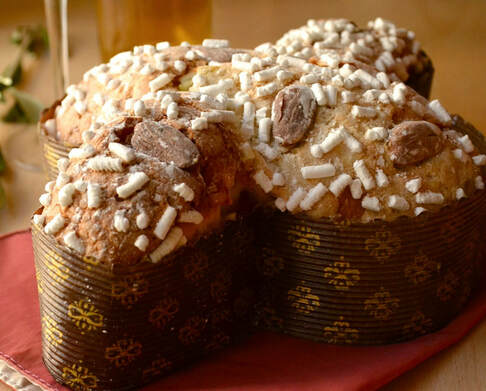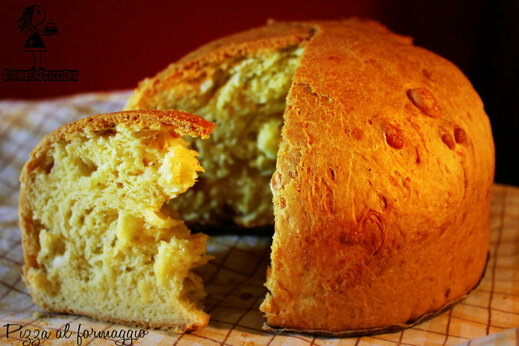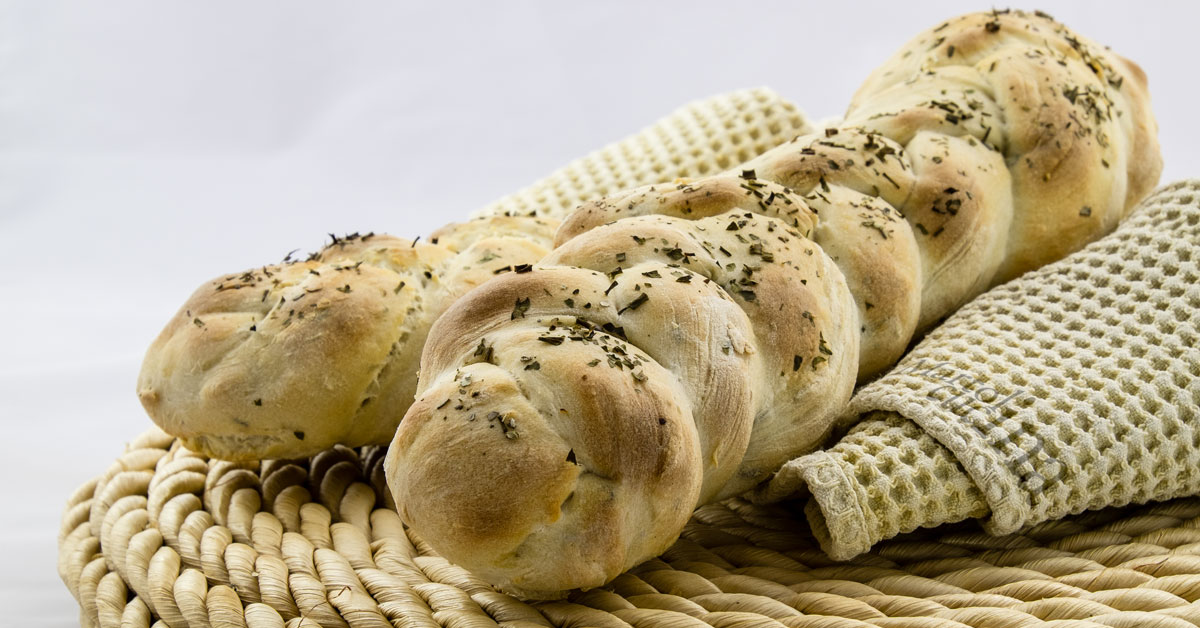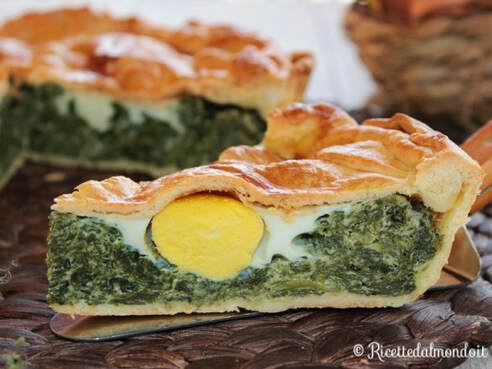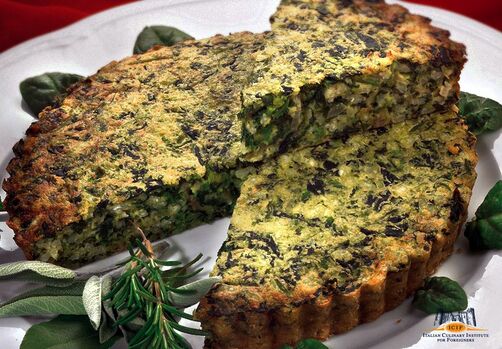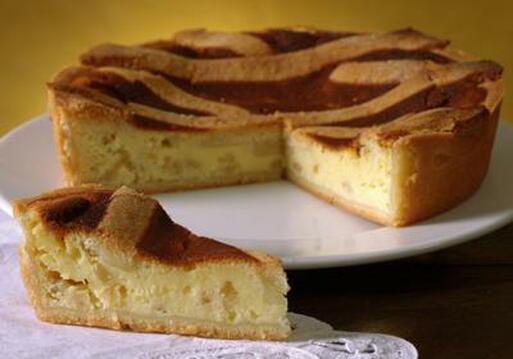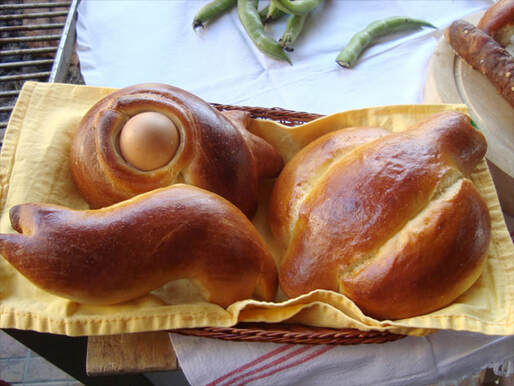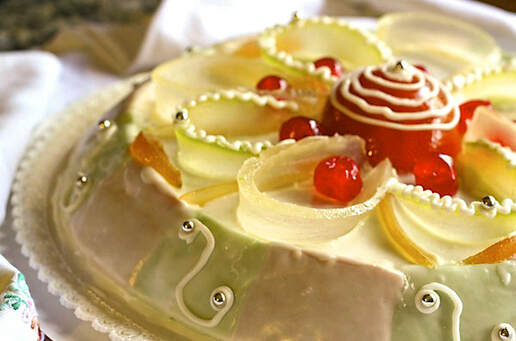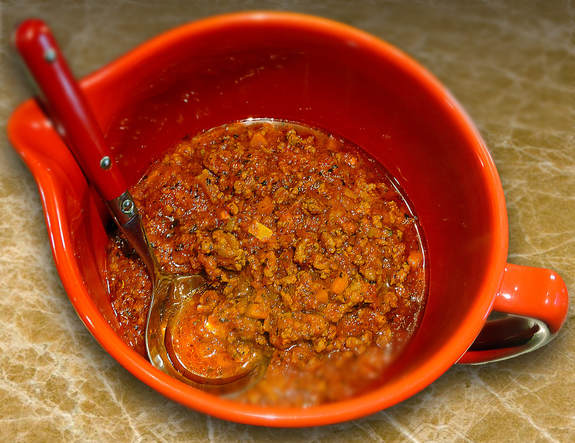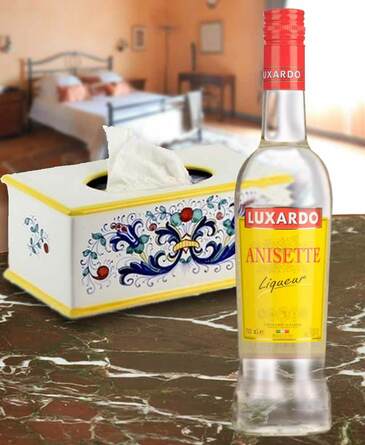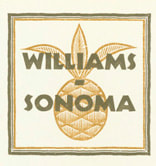|
Easter is called Pasqua in Italy, and is a time for celebration and breaking the Lenten fast. In Italy, spring comes early, the weather is wonderful and the scent of flowers blossoming are everywhere. Pasqua is a time for feasting with la famiglia. The Monday after Easter Sunday is a national holiday called Pasquetta (Little Easter), when most businesses close and workers spend the day at home with their family. There are many types of celebration sweet pane (breads) and savory torte (cakes or tarts) in Italy, many of which made from family recipes handed down from generation to generation--often hundreds of years old. Some are known all over Italy while others are regional or local traditional recipes. One has to keep in mind, however, that even within each region there are variations in these recipes--often changing from town to town or family to family. Just keep in mind, it's all about the feast. Here are some of the more popular treats with links to their traditional Italian recipes. If you need translations you can always cut and paste the text of each recipe into Google Translate (or better yet, install a translation plug-in into your browser to do it automatically). Enjoy... and Buona Pasqua! 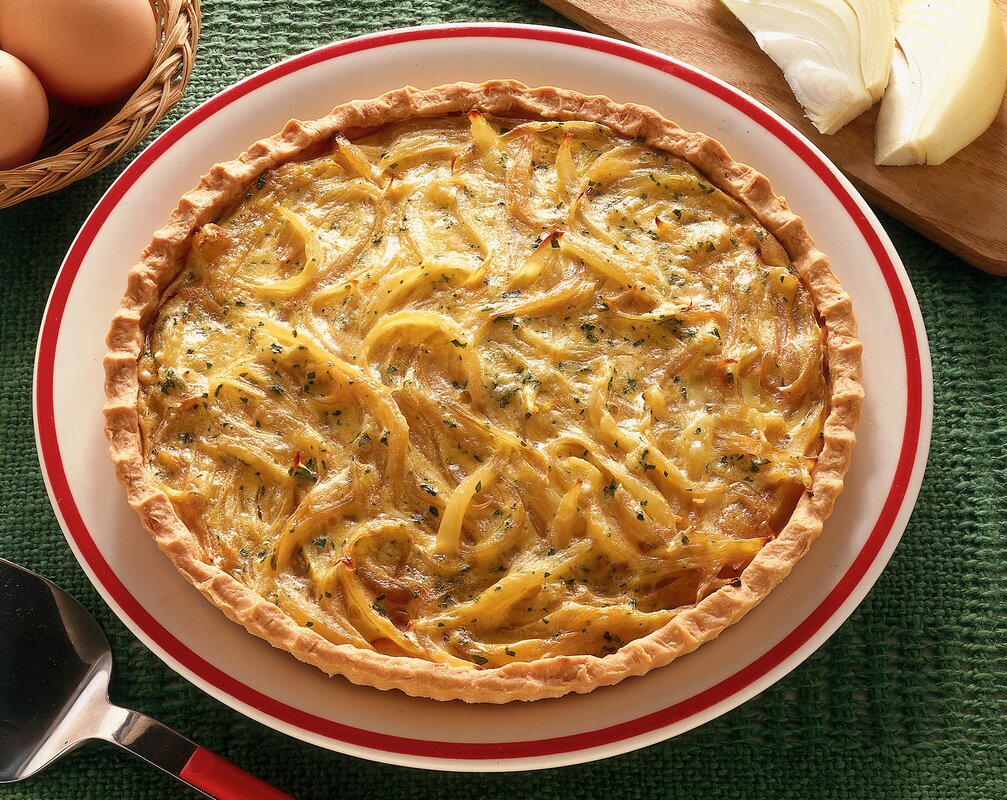 Growing up, one of my favorite things to ask for when my family went to a restaurant was "meat sauce". Meat sauce on spaghetti. Meat sauce on ravioli. Meat sauce on veal cutlets. I'd even ask for meat sauce on top of chicken parmesan! Well, I've grown up and matured (OK, somewhat). In this article I'll show you how to make a grown-up version of "meat sauce"--Ragù alla Bolognese. One of the very first meals we had during our Voyage to Italy was Pici al Ragù... a Tuscan version of Spaghetti Bolognese. We had just gotten off the train from Rome in the small Tuscan town of Chiusi Scalo ("Scalo" designates the part of a town that surrounds a railway station). Chiusi proper, an historic Tuscan town with proud roots back to the Etruscans, was up on the nearby hilltop. We were so weary from having traveled about 16 hours or more, first by air to Rome and then by train from Rome to Chiusi, where we were to pick up our rental car. And at this point we were also famished--needing to re-fuel. When we got off the train, the Hertz office was closed for riposa (a 3 hour siesta), so we had planned to have lunch while we waited. I had already picked out the trattoria that we would eat at, selected weeks before while fine-tuning the details on my Google Earth maps... we would eat our first Italian meal at Trattoria Porsenna, one block from the train station. It was a fantastic choice. With only 12 tables and a casual country style, we order a bottle of gassata for the table and waited for our meals. When the Pici al Ragù came, I couldn't believe how delicious it was. By the way... Pici is a sort of thick, hand rolled spaghetti. Ragù is basically a meat sauce, the best of which is Ragù alla Bolognese, which originated in Bologna but is found all over Italy nowadays. People will tell you that "spaghetti Bolognese" doesn't exist in Italy--but it does. The sauce will just be called "Ragù" instead of "Bolognese", as in "Spaghetti al Ragù", and typically in place of spaghetti the dish is usually served with tagliatelle, a long, flat, fresh pasta noodle--"Tagliatelle al Ragù". Historic records even prove that in centuries past, spaghetti (dried) was commonly used with a Ragù sauce anyway. (NOTE: In the weeks that followed, we saw "Spaghetti alla Bolognese" listed on many menus). So, whatever the name, and no matter what type of pasta you put under it, I knew that this was the Ragù I wanted to duplicate when I returned back home. Ingredients 2 pounds ground beef (80% or less fat) 1/4 pound speck (cut 1/4" thick), 1/4" dice (Speck is a smoked prosciutto) 1 large Vidalia onion (or 2 large yellow onions) 1 teaspoon sugar (for sauteing onions) 4 tablespoons canola oil (for sauteing) 3 carrots, 1/4" dice 3 celery stalks, 1/4" dice 4 garlic cloves, smashed then diced 5 bay leaves (remove after cooking) 1-1/2 tablespoons thyme 1/4 teaspoon dried red pepper flakes 1-tablespoon dried basil 1 cup full bodied red wine (Primativo, Montepulciano, Chianti, etc.) 1-28 ounce can Tuttorosso crushed tomatoes 1-6 ounce can tomato paste 1 cup heavy cream Directions
This recipe will make enough Bolognese sauce for several meals. It also freezes very well. If you would like to make fresh tagliatelle to go with your Bolognese sauce, read Making Fresh Pasta at Home: Not a Necessity, but a Tradition. Or, try making our Torta Rigatoni Piede Bolognese al Forno - Baked Standing Rigatoni Pie with Bolognese. Or, try Baked Standing Rigatoni in a Mug. It's also wonderful spread on a bruschetta for a small lunch or snack. Buon appetito! --Jerry Finzi First of all, I realize that Anisette is the French version of a liquor made from anise seeds, but for some reason my mother always gave us a little Anisette when we had a bad cold, not Sambuca. Perhaps the reason is because unlike Anisette and other Mediterranean anise spirits (Greece, Ouzo; Bulgaria, Mastika; Albania and Turkey, Arak; and Cristal in Algeria), Sambuca is really made from elder-flowers with star anise and licorice flavoring added. Anisette is distilled using only anise (fennel) seeds. The benefits of anise itself are well-known: aiding with breathing problems, as an antibacterial and anti-inflammatory properties. 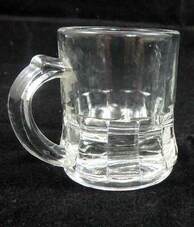 Even as an adult, I still use my Mother's remedy rather than those toxic blends of cold medicines. Anisette works surprisingly well to sooth any sore throat and helps to clear stuffiness. In fact, this past week I suffered from a sort of laryngitis and the Anisette made it easier for me to swallow and talk. Just a Little Goes a Long Way Pour a little into a small glass, place your nose into the glass and breath in the fumes to clear your nose. Mom would pour it into tiny, shot-sized mini beer mugs that she would use for family gatherings to serve Sambuca or Amaretto. I prefer a deeper glass because it contains the fumes better. Take small sips as needed for sore throat and as you begin to swallow, and hold in your throat for a second or two before swallowing. This numbs the soreness and helps clear phlegm. A bonus: a few sips helps you sleep. Anisette never fails to make colds easier to get through. But don't over-do it. This stuff is 50% alcohol! And a warning... although my Mother gave us just a sip of Anisette when we were sick, she didn't let us drink it! A very small sniff and sip and that was it, until we needed it again. Personally, I would not recommend this remedy for the bambini in your family. Mettiti in sesto presto, amici. (literally: Put yourself together soon, friends) --Jerry Finzi |
Archives
May 2024
Categories
All
|


